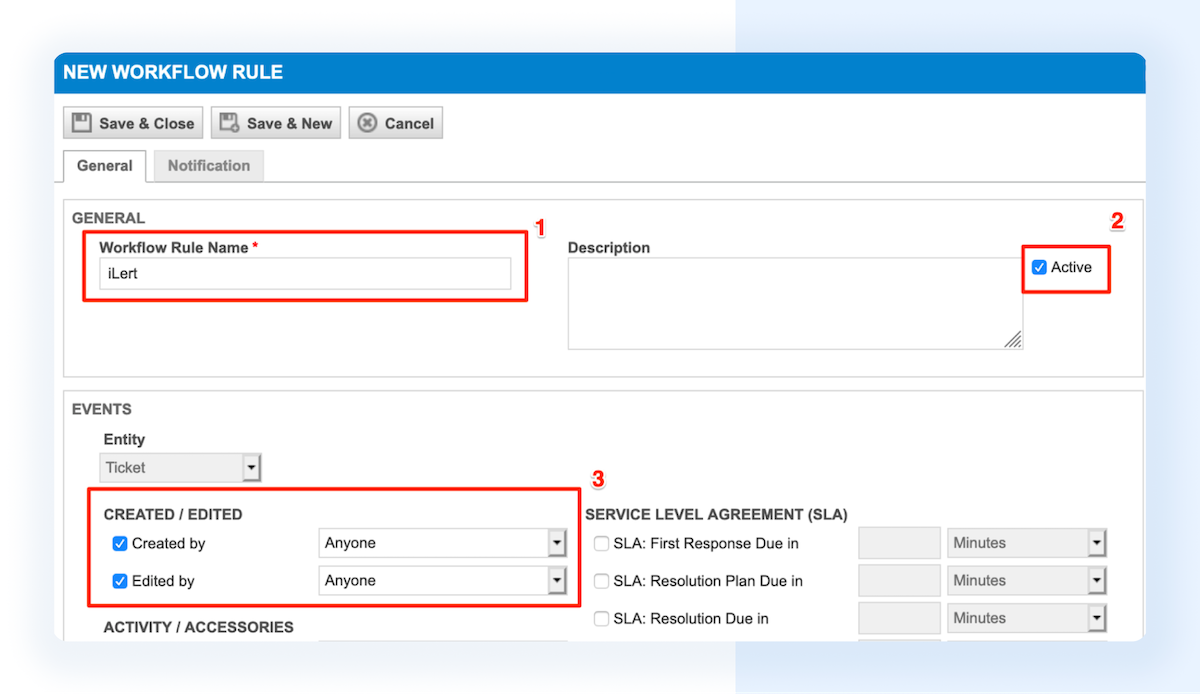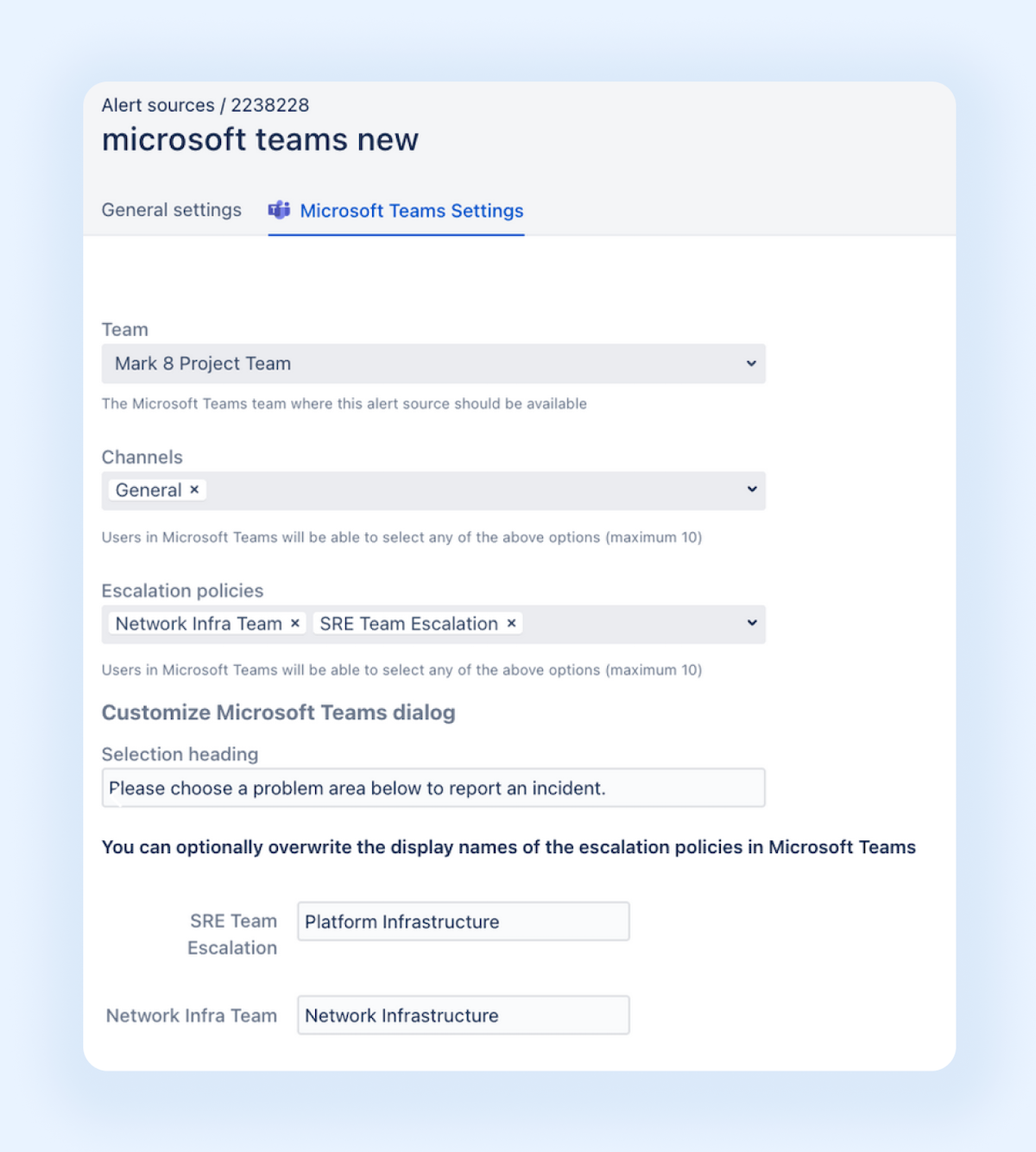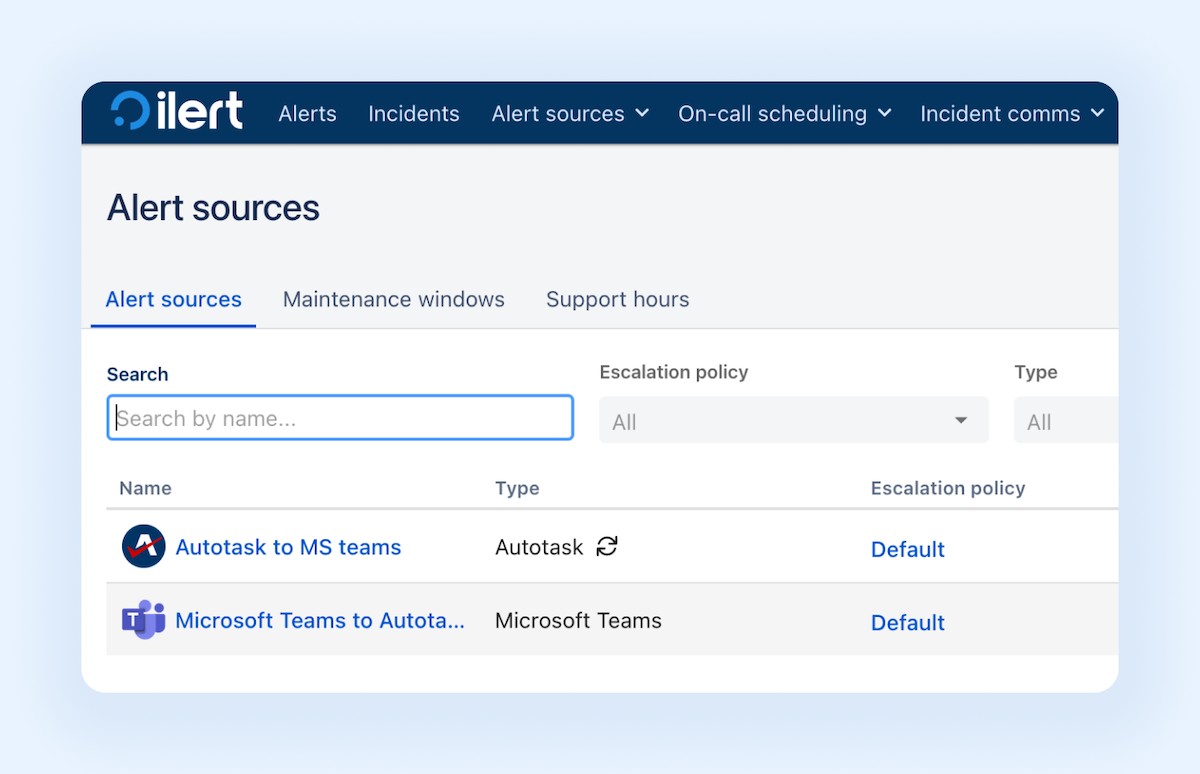Guide to Integrating Microsoft Teams and Autotask PSA for an Efficient Ticket Workflow

This article highlights the main benefits, including the ability for users to generate service tickets directly within Microsoft Teams, leading to streamlined workflows and faster response times.
Autotask PSA and Microsoft Teams: Tickets from within Chat Channels
Achieving operational efficiency and productivity is crucial in the IT-managed services sector. Autotask Professional Services Automation (PSA) is a key tool in this context, providing a comprehensive platform that simplifies business operations, improves service delivery, and boosts performance. It's especially beneficial for IT service providers and MSPs looking to scale and enhance efficiency, thanks to its seamless integration with numerous tools and applications. This integration helps in providing outstanding customer service and optimal resource use. Autotask PSA, with its intuitive interface and extensive features, facilitates better team collaboration, workflow automation, and provides valuable analytics for informed decisions. Leveraging Autotask PSA not only improves service quality but also positions businesses competitively in the ever-changing IT services market.
Collaboration and efficiency sit at the heart of successful IT operations. That's why the integration of Autotask Professional Services Automation (PSA) with Microsoft Teams transforms the landscape of service delivery and customer support.
By combining Autotask PSA's service management with Microsoft Teams' collaboration features, organizations experience reduced operational friction, better transparency, and improved satisfaction and productivity. The partnership also enhances interdepartmental communication, supports real-time responses to IT issues, and fosters a cohesive work environment.
Unlocking ChatOps and Alert Management with ilert
Since Autotask PSA does not have a native Microsoft Teams bot integration, connecting it with Microsoft Teams through the third-party alerting and on-call management platform ilert significantly enhances its functionality, particularly for IT service management and response teams. Here's, in short, what you get by using ilert’s platform and Microsoft Teams bot for such integration:
- Real-time notifications: get incident, ticket, and alert notifications in Microsoft Teams through the ilert bot integration.
- On-call scheduling integration: manage on-call schedules with ilert and your Microsoft Teams, ensuring alerts reach the correct person.
- Centralized communication: use Microsoft Teams as a hub for efficient collaboration on incidents and tickets via ilert.
- Enhanced incident management: improve the handling of incidents by combining ilert's alerting with Autotask PSA's ticketing within Microsoft Teams.
- Automated workflows: automate incident creation in Autotask PSA from alerts through the ilert Teams bot, reducing manual workload.
- Cross-platform accessibility: access and respond to Autotask PSA information directly within Microsoft Teams, boosting productivity.
- Actionable notifications: use ilert’s alert notifications to ensure critical Autotask PSA tickets keep their required SLA.
Capturing the Essence: a Panoramic Snapshot

The following steps guide you through everything that is needed to set up your Microsoft Teams, Autotask, and ilert accounts, as illustrated above.
First, let's connect Microsoft Teams to your ilert account
- Get started signing up for a free ilert trial if you do not already have one
- As soon as you are logged in or finished your onboarding, in case you have just signed up, head to your Microsoft Teams client and open the applications tab to search for the ilert bot (alternatively, you can use this deep link to open the view.
- When you have found the ilert application for Microsoft Teams, click on “Add to a team.” Note that we recommend Admin permissions for this step.
- In the next view, choose your desired team and click on “Set up a bot.”
- You should be taken to the Teams' general channel and see a welcome message sent from ilert bot.
- Click on the “Connect” button in the welcome message. You will be taken to the ilert login page; log in to your account to authenticate the integration between your ilert and Microsoft Teams accounts (depending on your login state in Microsoft 365, you will have to log into Microsoft again. Afterwards you will be automatically taken back to ilert).
- You should now see a message telling you that you have successfully connected your Microsoft Teams account with your ilert account.

Here is the documentation for ilert and Microsoft Teams connection.
Second, Connect Autotask to your ilert Account
Now that Microsoft Teams is connected to your ilert account, let's continue with Autotask PSA before we can configure the synchronization between both tools in the ilert platform in the last step.
As there are a few steps involved to set up Autotask and ilert properly, we recommend that you follow ilert’s official Autotask integration guide. Don't worry; we will be here when you come back. But here is, in short, what you will do to set up Autotask with ilert:
- Login to Autotask PSA.
- Head to Admin -> Resources (Users) to create a new API user.
- Enter basic information for this user, e.g., name and email. Then click on “Generate key” and “Generate Secret.” This will generate a Username and a Secret, which you will need in the next steps to set up your ilert Autotask alert source.

- Before saving and closing the user, don't forget to select “Integration vendor” -> “iLert - Alerts” in the API Tracking Identifier section.
- Next, head to your ilert account and navigate to “Menu -> Alert sources -> Alert sources -> Add a new alert source.”

- In the new wizard view, search for “Autotask” and follow the instructions. Note, when being asked, choose to create a “bidirectional” alert source; this will allow for ilert alerts created through Autotask tickets to sync back to Autotask tickets automatically.
- When asked for your Autotask credentials, enter the “Username” and “Secret” that you have just created in Autotask in one of the prior steps. ilert will automatically detect the right web service for Autotask, depending on your input.

- Follow the instructions until you can “Finish” the setup. You will be redirected to the detail view of your freshly created Autotask alert source, which will provide you with the “Autotask callout URL.”

- Taking this callout URL let's head back to Autotask PSA and navigate to “Admin -> Extensions & Integrations”
- Click on “Other Extensions & Tools” and then on “Extension Callout (Tickets)” in the next view, choose to create a new extension callout.
- Enter a name for your callout and paste the callout URL from your ilert alert source into the URL field of your Autotask callout.
- Ensure that you marked it as active and “Save” the callout.
- Now, head to “Admin -> Workflow Rules” and choose to create a new workflow rule.
- Enter a name for your rule, choose it to be active, and choose CREATED/EDITED events for Ticket entities.

- Scroll down to the “Actions” panel, and in the “Then Execute Extension Callout” option, choose your Autotask callout that you have created in a previous step.
- Finally, save and close your workflow rule.

Making Microsoft Team Channel Messages and Autotask Tickets Play Together
Phew.. you did it, you have connected both MS teams and Autotask PSA to your ilert account.If you have followed along with the guide an overview of your current setup will look like this:

Let’s fill in the missing gaps from Microsoft Teams to ilert alert source and into Autotask PSA. For the primary, head to your ilert account and create a new alert source, this time, instead of Autotask choose Microsoft Teams.

Follow the instructions to your liking and set the auto resolution for alerts to 10 minutes (this is only needed for this specific alert source).

Continue with the rest of the setup and finish by choosing your desired Microsoft Teams channel(s) that should be customized by the configuration in this alert source. This will open up ilert bot command in Microsoft Teams for users that are not directly authorized in your ilert account.

For the sake of this setup guide, it will be more than enough to choose your default escalation policy as well as one Microsoft Teams channel in your team that you are using for the test. We highly recommend revisiting the documentation article on ilert and Microsoft Teams alert creation at a later time to check out the other customization options.
At this point, your ilert alert source list should look something like this:

Now that we are able to receive and process chat messages into alerts, let's connect our Microsoft Teams alert source to Autotask to turn those alerts into tickets. In ilert, navigate to Menu -> Alert actions -> Create new alert action. In the wizard, search for Autotask and click “Next.”

Choose the existing Autotask Connector that was created with your bidirectional Autotaks alert source in the previous step (it will be automatically selected). Under alert sources choose your Microsoft Teams alert source. In the next steps, make sure to only check alert created events and finish the setup.
In the last and final step of our setup, we will wire the backflow of Autotask ticket updates to Microsoft Teams. For this, create another alert action and choose Microsoft Teams this time. In the alert source selection, choose your Autotask alert source. In the next step choose Microsoft Teams channel continuing in the setup. Feel free to choose all alert events that you might want to be notified about. We recommend created, accepted, resolved, and commented at least.

You're all set up 🙂.
Let’s see the whole setup in action, open up your connected Microsoft Teams channel (the one that you configured in your Microsoft Teams alert source), and run ilert bot with “@iLert alert.” Make sure to select the bot from the dropdown list that spawns as soon as you type its name. This should trigger the bot, which will respond with a card where you can enter your alert summary.

After filling out the alert summary with whatever test content you prefer, submit the alert. You should see a success message added to the card by the bot and if you head over to your ilert account, you should see an open alert, as well as a ticket for this alert created in Autotask PSA. Now try to resolve or add a note to this ticket in Autotask. You should see an update being posted in Microsoft Teams, as well as the alert in ilert being resolved.
What’s next
We recommend taking a look at the additional options of Microsoft Team alert source in ilert. There, you can further customize the experience of a user within the chat tool.
There are also further customization options on Autotask ticket alert source in ilert or workflow rules in Autotask PSA, where you might choose only to match specific queues or companies.
Furthermore, you may leverage ilert’s alert management features to plan flexible schedules in which your ticket responders receive actionable notifications, e.g. voice or WhatsApp, to react quicker to high-priority tickets. Or discover additional features, such as call routing numbers that can create tickets from inbound voice calls (hotline) and status pages, helping you demonstrate your service status to stakeholders.
More interesting articles on ilert Blog:
Building a metrics backend (time series db) with PostgreSQL and Rust







.png)









